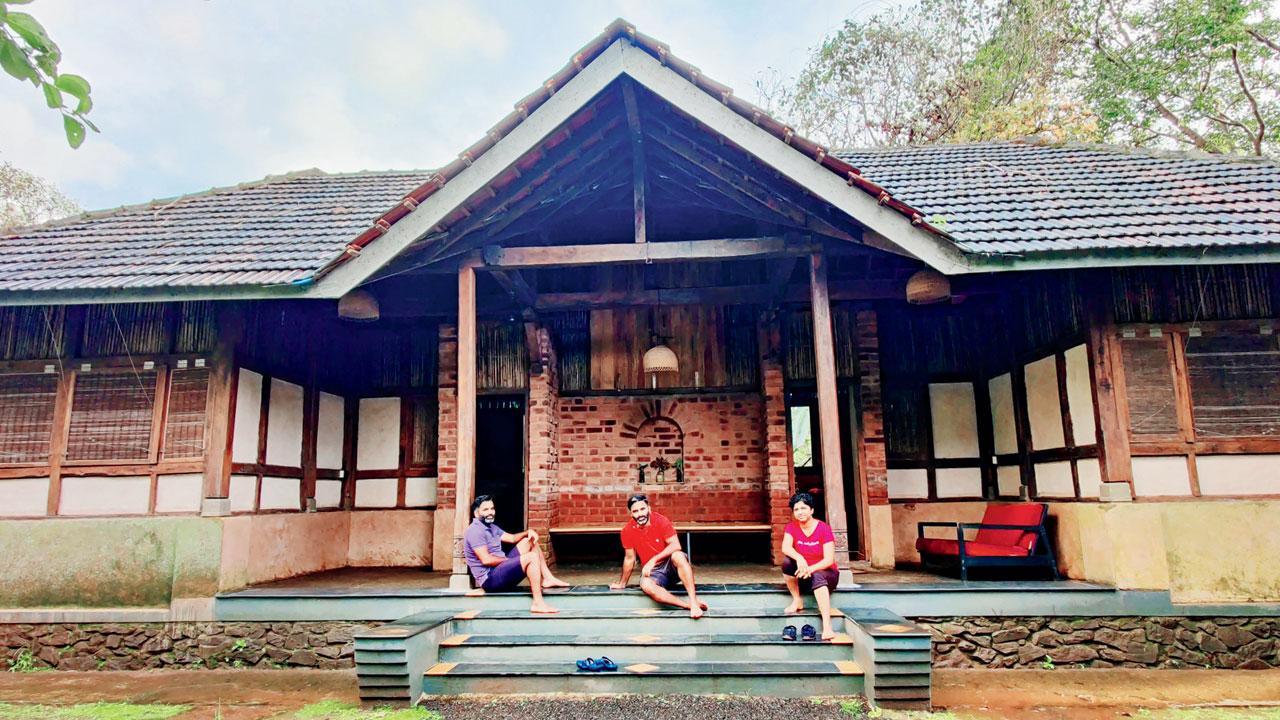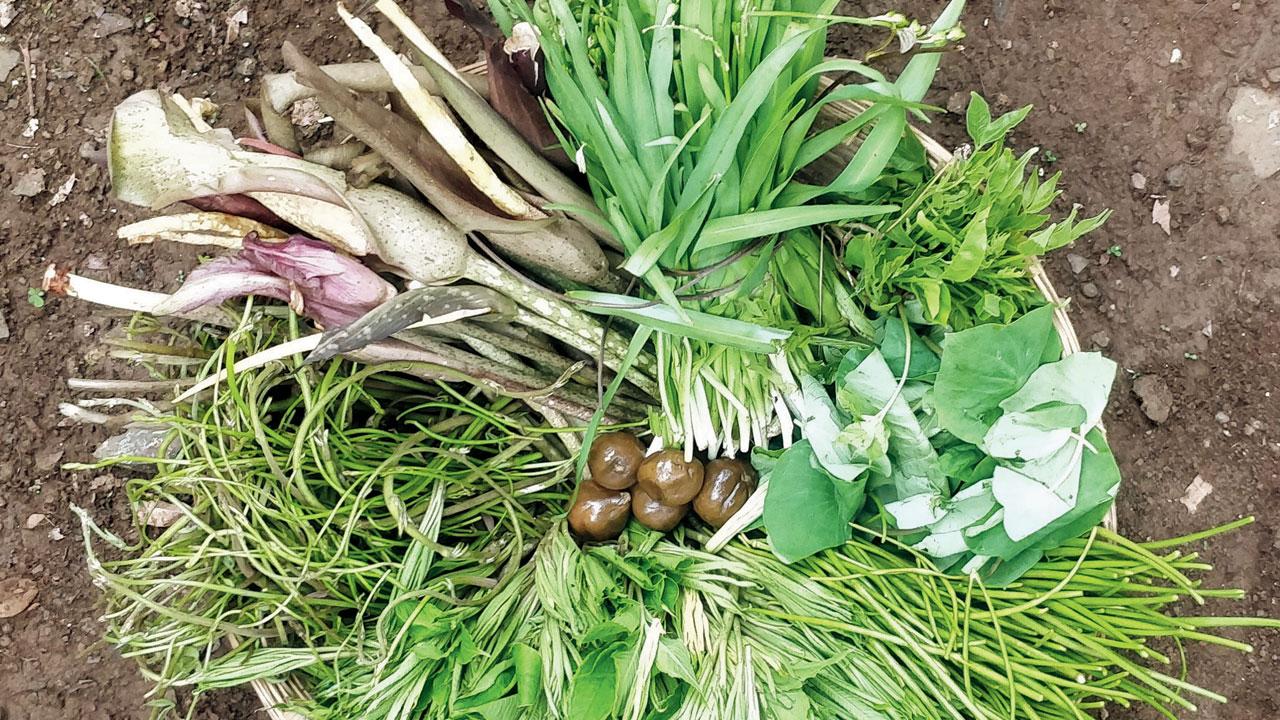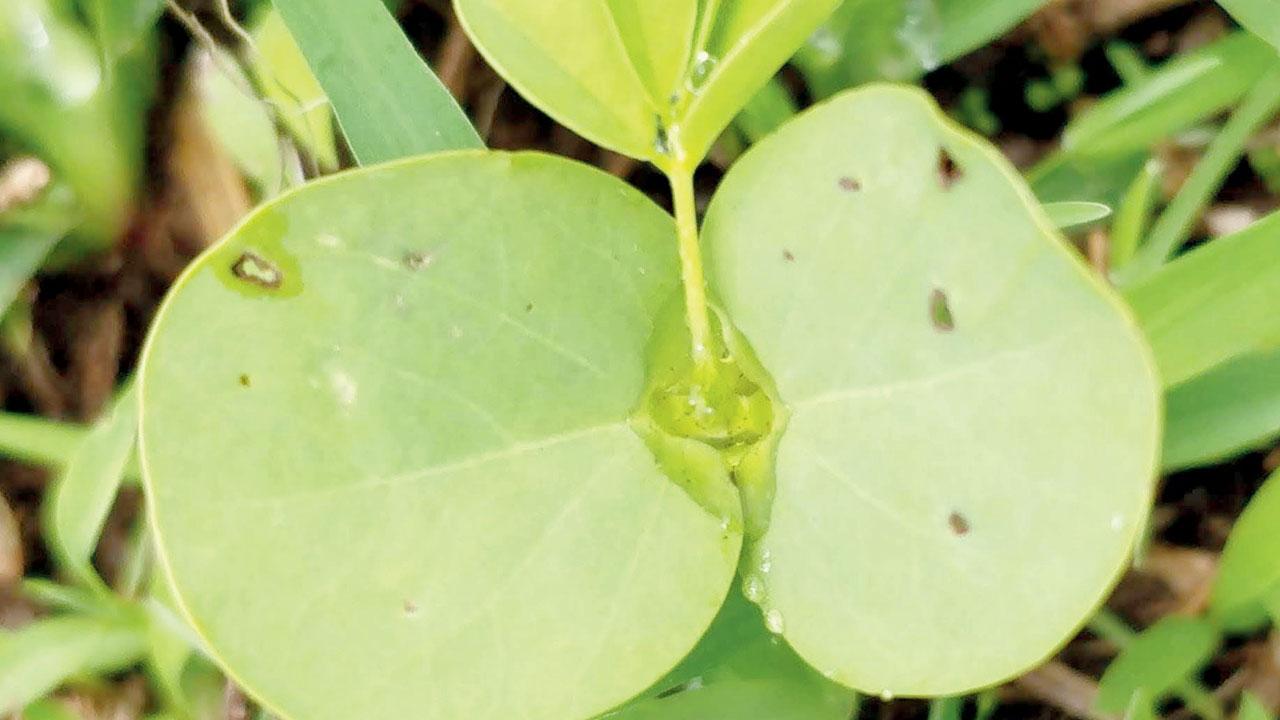With Mumbai greeting a moody monsoon, a seasonal festival nearly 100 km away hails the rain gods through a range of foraged wild edibles

Mohraan
Mohraan hums a rain song: “Aala aala vara sange pavasachya dhara/pathavani kara saya nighalya saasura.” In this lovely ditty, rice saplings — yet to be sown in the fields — are called young girls. Once they are ready to be transplanted, their passage from snug pieces of land to the expansive fields is essayed in lore as a married girl’s introduction in her husband’s home. “Saya means friend in Marathi. That’s how we personify rice saplings. These terms in folklore define our relationship with nature and food,” says Sameer Savlaram Adhikari, co-owner of Mohraan farms.
With its focus on preserving local knowledge systems, monsoons on this Shahapur farm call for celebration. The revelries unfurl in routine duties aligned with the season. From leisurely walks in the wild, kayaking in the rain-fed streams and a quick shower in the untouched waterfalls to finding greens, picking the right part of a plant and learning the secrets of cooking a wild ingredient, the food forest is a doorway to practising sustenance. Regional produce peaks between June and September, and congruently, the menu adapts to different plant-based foods.
ADVERTISEMENT

Wild edibles at Mohraan
Adhikari draws our attention to this week’s harvest over a telephonic exchange: “Our worn-out wicker basket holds shevla, loth, tender pods of kuda, tender leaves of kuli, smithea leaves, and more. The coming week might have some other wildlings in store for us. After the onset of rains, our kitchen is the centrepoint of surprises.” He shares how certain kinds of herbaceous vegetables complete their life cycles within the first few days of the season. The awareness of the tribal communities is vital to Mohraan’s inspiring farm-to-table food journey. For instance, Adhikari recounts, “Natives of the region know, which part of a herb is useful and which part isn’t. Harvesting certain foods requires skill. Shevla [elephant foot yam] flowers and the leaves of loth [lodh tree] can trigger itchiness due to the presence of oxalate crystals in them. The tribals taught us that such plant parts must be cooked with nana bondara leaves to negate the probable itchiness while retaining the nutrients of the ingredient.”

Takala
If we visited the farms in the coming week with a big appetite, what would we be served? “That depends on what we reap,” Adhikari says, further adding that there’s a chance of us being welcomed with dishes such as kulichi bhaji, kudyachya shenganchi bhaji or some kavala bhaji. He assures of a hearty fare. About traditional remedies, he remembers to mention takala or Cassia tora. The weed that is also known as sickle senna in the tropics is touted as a cultural cure for stomach ailments. “The tender shoots of takala are consumed during the first showers. The region also witnesses the preparation of specific plant parts to mark festivals. Moringa leaves feature in dishes on Krishna Janmashtami, and to celebrate Ashadhi Ekadashi, Maharashtrians whip up a sabzi using vaghate — a fruit valued for its digestive benefits,” he informs.
One might not emerge out of Mohraan as a practitioner of sustainability, but having enjoyed monsoons through food-foraging at the farm stay, they will realise the pitfalls of rampant cultural assimilation.
At: Mohraan Farms, Sakurli, Shahapur, Thane
Log on to: mohraan.com
Call: 9869042865
Boiled vali
Vali or wild air potatoes sprout during pre-monsoons, and are immediately harvested by the tribals of Sakurli. These potatoes have anti-inflammatory properties, and are a rich source of minerals, vitamins and carbohydrates.

Ingredients
>> 4 to 5 wild air potatoes
>> 1 fistful of wood ash
>> A dash of salt
>> 1 big bowl of water
Method
Wash and rinse the freshly harvested tubers. Once dry, cut them into thin slices; each slice should be nearly 5 mm thick. Now, bring these slices to a boil in a largish pot with a generous sprinkling of wood ash. Once boiled, add cool water and turn off the gas. Keep the air potato slices submerged in the pot overnight. Drain the water out on the following day, and wash the slices in running water. Boil them again in saltwater for two minutes. Strain the water to serve the boiled slices hot. Because of their uniquely bitter, salty and astringent flavour, wild potatoes taste best with sugar and milk.
 Subscribe today by clicking the link and stay updated with the latest news!" Click here!
Subscribe today by clicking the link and stay updated with the latest news!" Click here!








